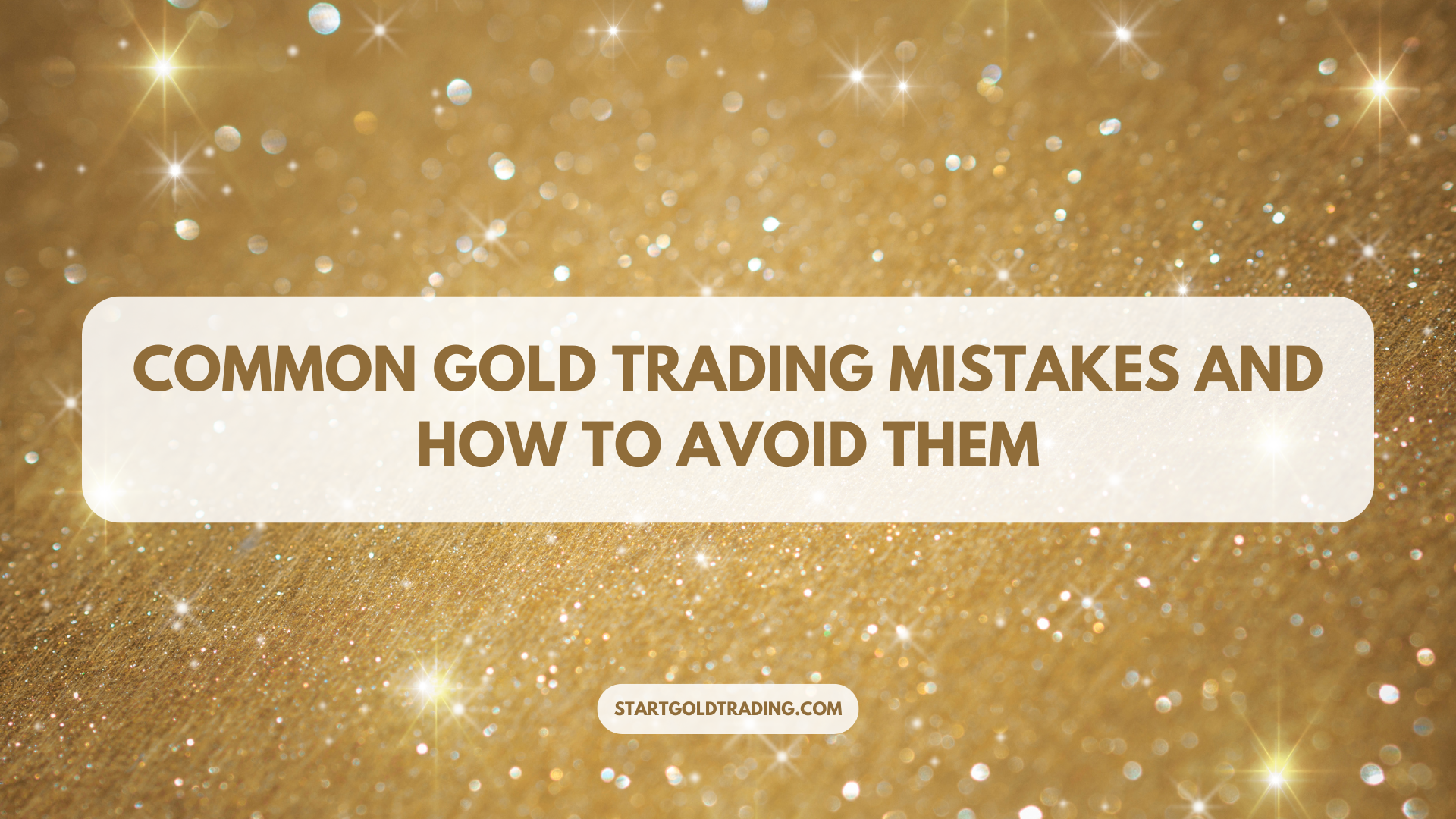Gold trading, especially through Contracts for Difference (CFDs), offers a glittering path to potential profits but is fraught with pitfalls that can trip up even the savviest traders. For beginners, including teens curious about the financial markets, understanding these common mistakes and learning how to avoid them can be the difference between success and setbacks. This article unpacks some of the typical trading pitfalls, offers practical advice on risk management, and provides tips on controlling emotional trading.

Typical Pitfalls in Gold Trading and Solutions
- Overleveraging: Leverage in trading is like a double-edged sword. It can magnify your gains but also your losses. Beginners often get tempted to use maximum leverage to increase potential profits, but this can lead to significant losses, especially if the market moves against you.
- Solution: Use leverage wisely. Start with lower leverage while you learn to manage your trades effectively. Think of leverage like training wheels; as you get better, you can adjust how much you use.
- Ignoring Stop Losses: Not setting a stop loss is like driving without a seatbelt—you expose yourself to unnecessary risk. A stop loss is a predetermined price at which a losing trade will close automatically, helping you manage your losses.
- Solution: Always set a stop loss. Before entering any trade, decide the maximum amount you are willing to lose and set your stop loss level accordingly.
- Poor Timing: Jumping into a trade based on a sudden market move without understanding the context can be akin to catching a falling knife.
- Solution: Practice patience and do your homework. Analyze market trends and factors driving gold prices before executing trades. Timing is crucial, so wait for the right moment rather than reacting impulsively.
Importance of Risk Management Strategies
Risk management is the helmet of gold trading. Just as a helmet protects you while biking, effective risk management protects your capital. Key strategies include:
- Diversification: Don’t put all your eggs in one basket. Besides trading gold, consider other assets to spread your risk.
- Position Sizing: Adjust the size of your trades to manage exposure. If you’re uncertain about a trade, it’s better to err on the side of smaller positions.
- Regular Reviews: Continuously monitor and adjust your trading strategies based on performance and market conditions. Always be learning and adapting.
Emotional Trading and How to Manage It
Trading can be an emotional rollercoaster. Fear and greed are powerful emotions that can cloud judgment and lead to poor trading decisions.
- Set Clear Goals and Limits: Know what you want to achieve and set clear trading limits. This strategy will help you stay focused and prevent emotional decision-making.
- Maintain Trading Discipline: Stick to your trading plan. Don’t let excitement or fear drive you to make hasty decisions. Discipline is the anchor that keeps your trading strategy steady in turbulent markets.
- Use Tools to Remain Objective: Utilize trading tools and indicators to make informed decisions. These tools are like the compass guiding your trading journey, helping you navigate through emotional biases.
Conclusion
Understanding and avoiding common trading mistakes, practicing robust risk management, and controlling emotional trading are crucial steps towards successful gold trading. By equipping yourself with the right strategies and maintaining discipline, you can increase your chances of navigating the gold market effectively. Remember, every trader makes mistakes, but the key to improvement is learning from them and striving to make smarter decisions in the future.

